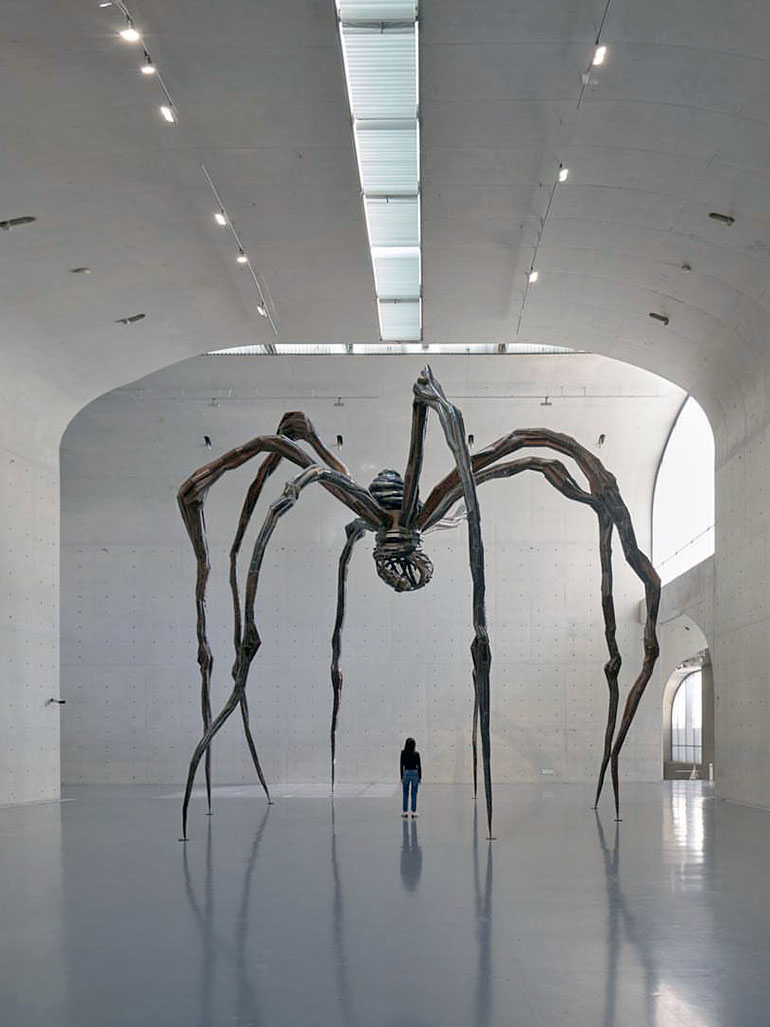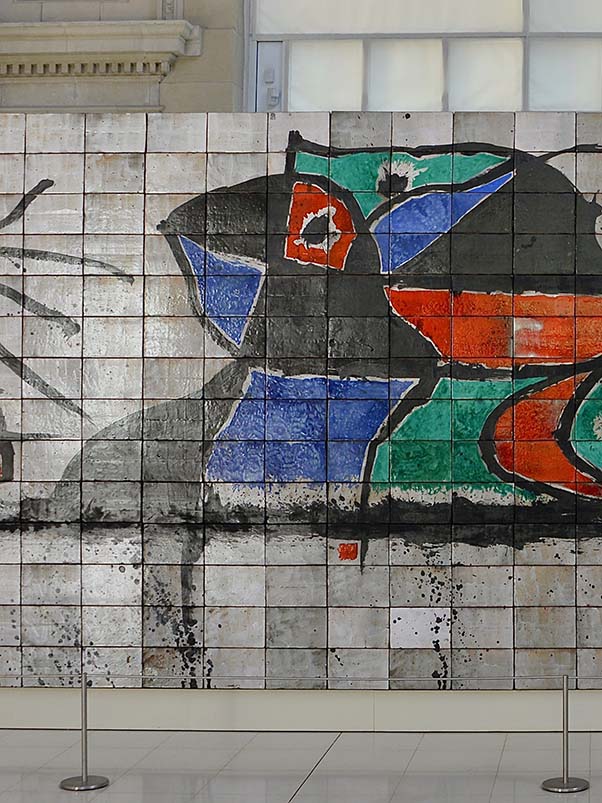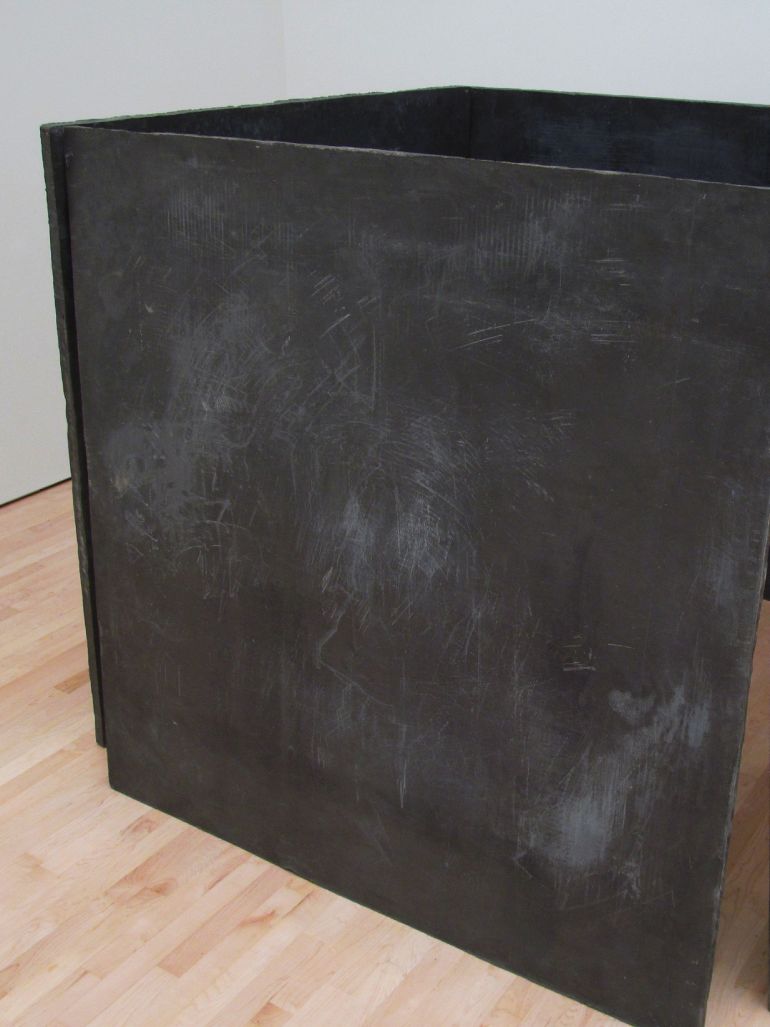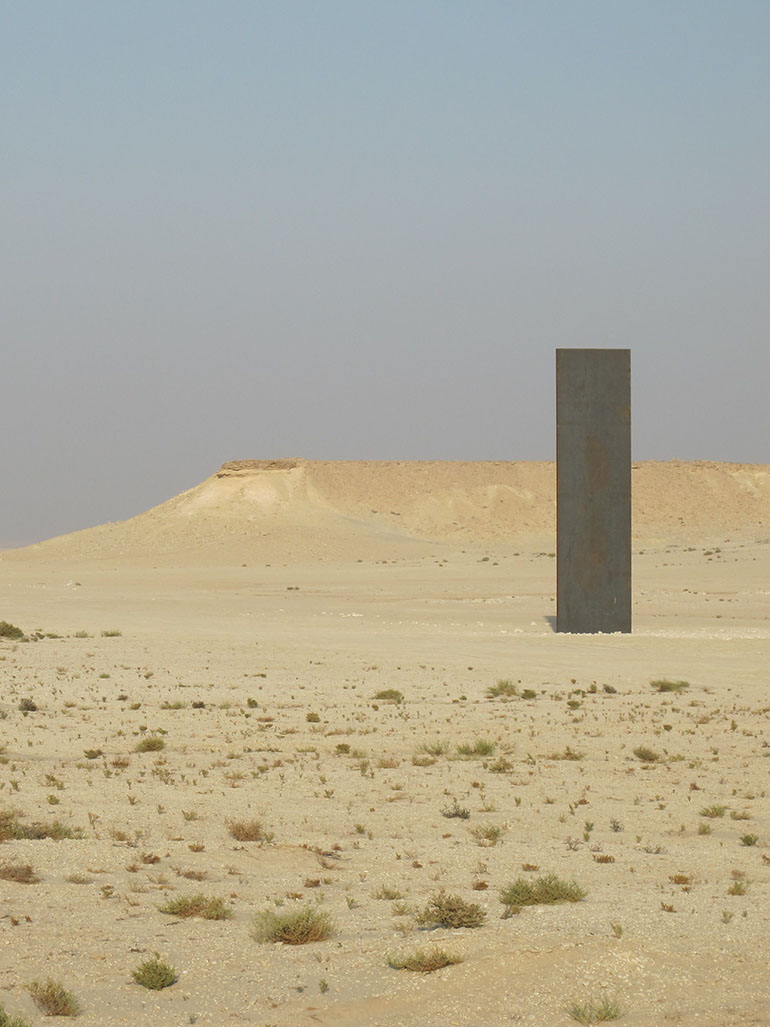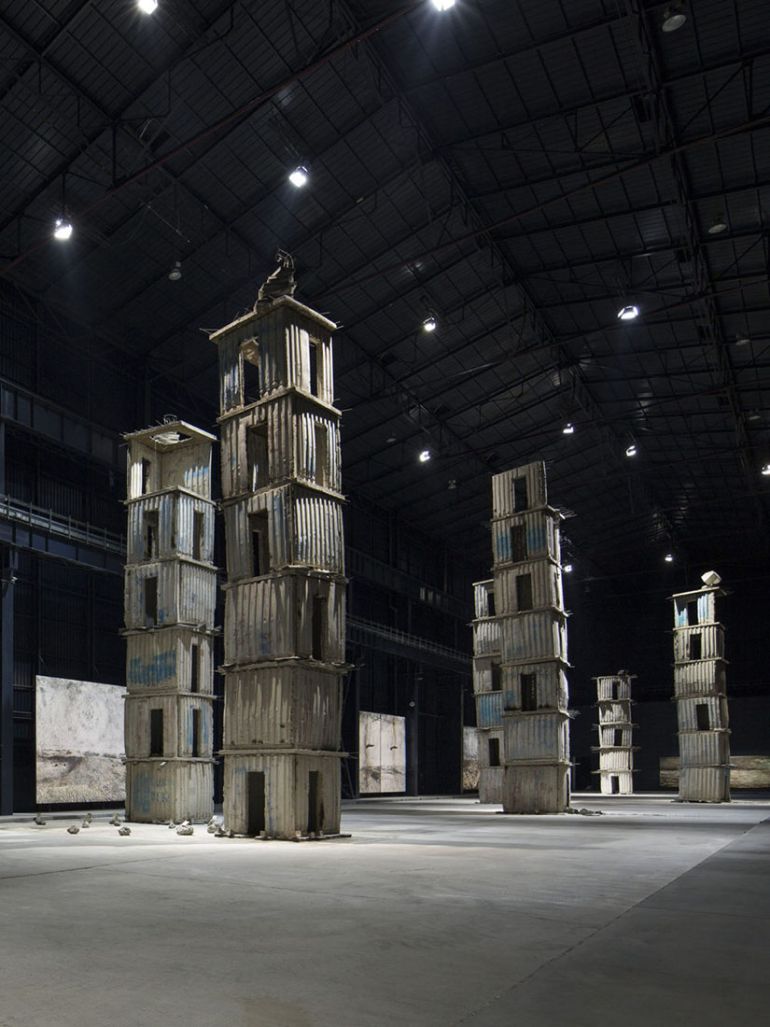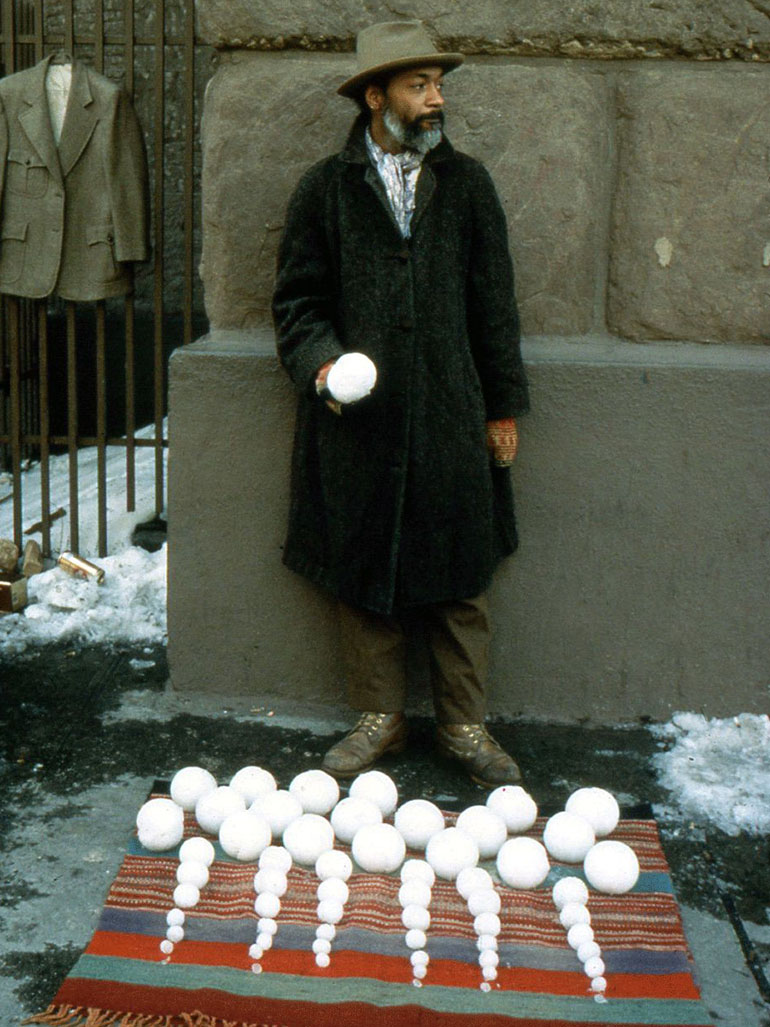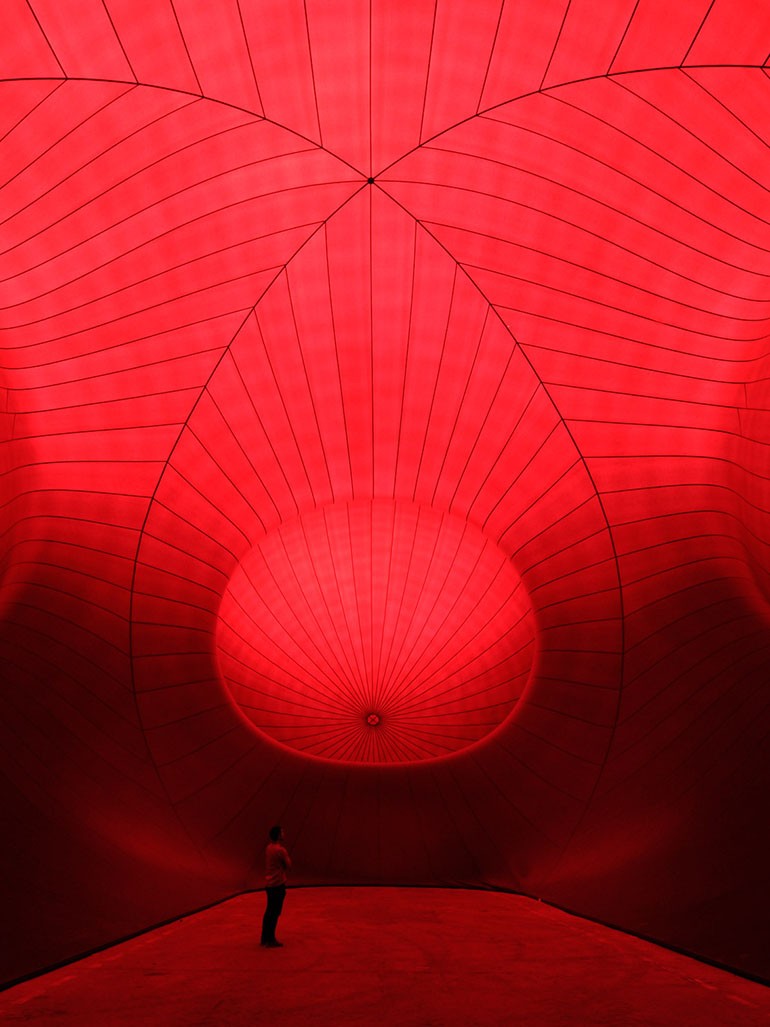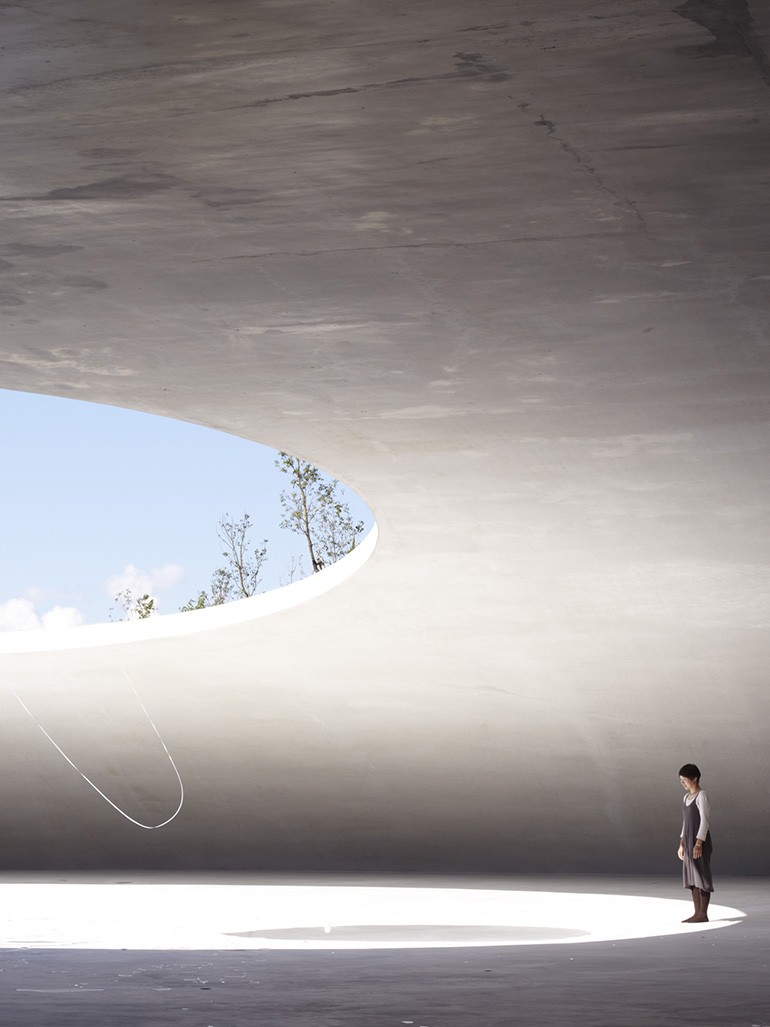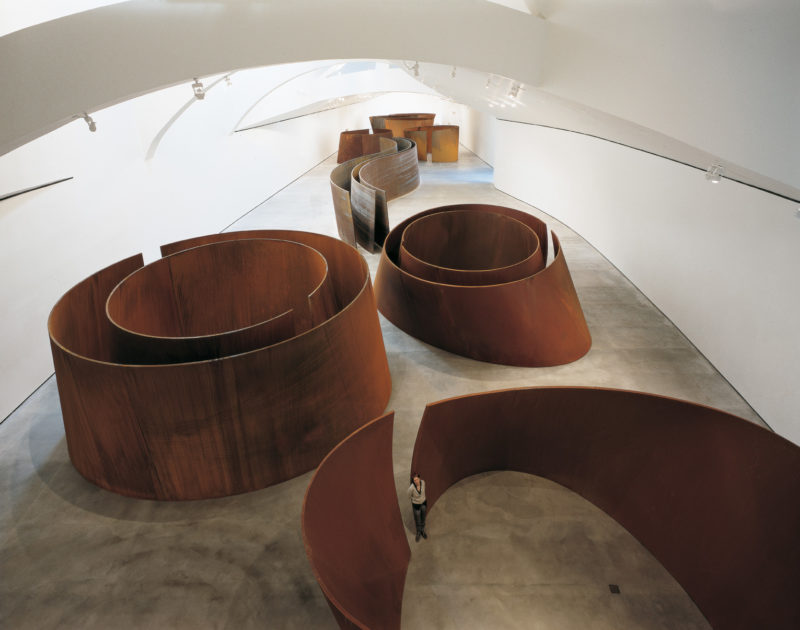
Introduction
Structured art is appreciated for the tangible experience it provides – the Torqued Ellipses has a different feel in the interior and another in the exterior. The experience of walking around the Torqued Ellipse is quite awakening. The steel surface of the structure is covered in a layer of rust and it is not by chance; neither is it due to neglect. Sandblasting is responsible for the appearance, an idea that had been cooking in the mind of Richard Serra 12, for more than 25 years before finally being actualized.
What the visitor experiences
Upon realizing that most cities worldwide are characterized by angled buildings, Serra burned with the desire to create a vocabulary that featured curvilinear forms. A curved piece may not seem like much when it is small enough to fit in your hand but wait until you can walk into and around it.
Walking around the curve is a mystery as you begin, but some parts like the cave are self-revealing. Stepping inside the cave door, the structure does appear to move in line with your movements. At some point, it seems to be leaning over your head and, in another location, leans in the opposite direction from you. So, how did the Torqued Ellipses by Richard Serra come into being?
How Serra came up with the idea for the series
At first, the artist thought he wanted to do a complete misinterpretation of what was actually there. The concept was inspired by San Carlo Alle Quattro Fontane 34, a church 5 in Rome that has been standing since the 15th century.
Looking at the floor, one gets the impression that the ellipse there and the one on the ceiling are inverted reflections of each other. The view from the center of the church gives the impression that both ellipses are a continuous and regular space from the bottom to the top. The initial impression interested Serra more and that is how the torqued ellipses project was born.
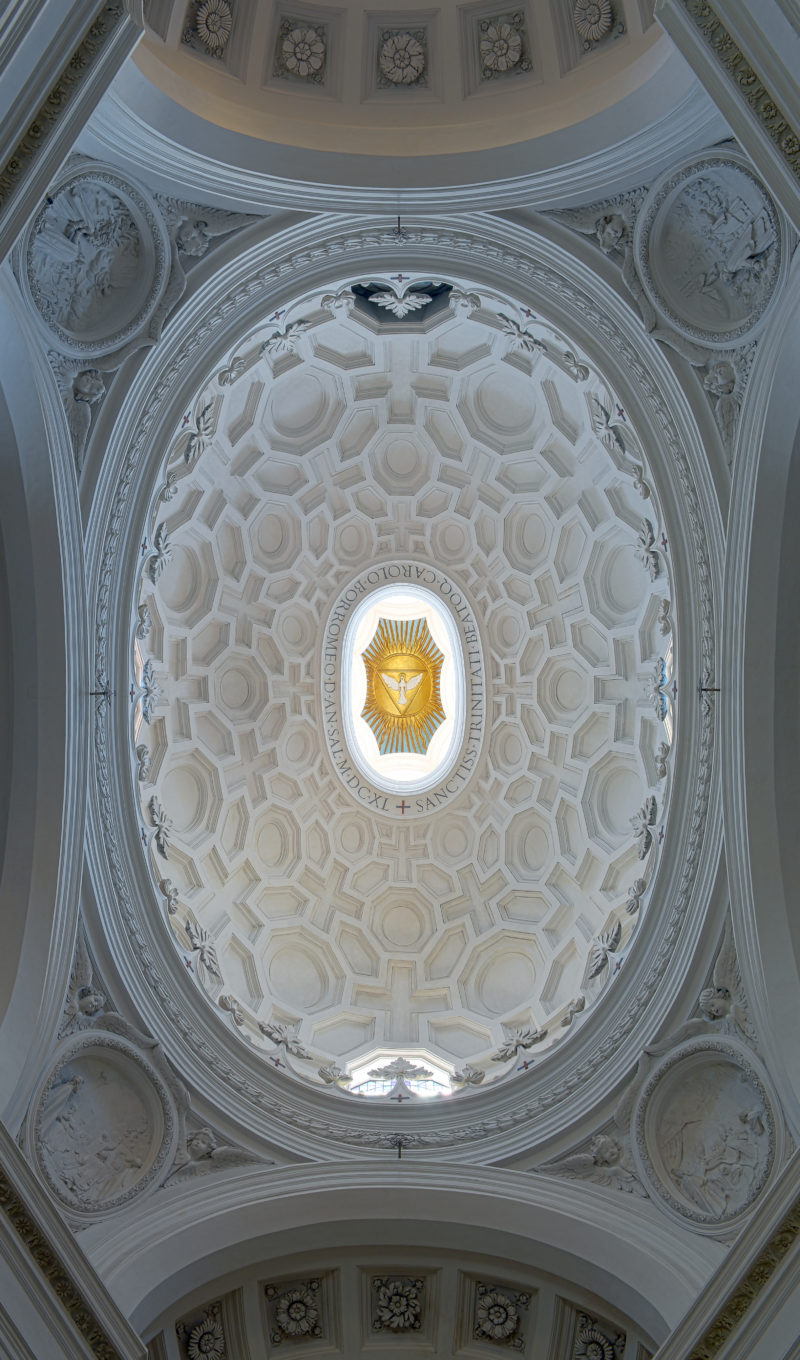
Torqued Ellipse IV, 1998
3 min 11 sec
Analysis
Analysis
Serra’s idea was unheard of both in nature and art, so it had to be formally invented. Walking into this art form is the best way to experience this new piece of creativity. This, coming from Serra, was not such a wonder as he had been associated with innovative but challenging work for a long time. Having begun this unconventional and minimalist art in the 1960s, Serra makes use of industrial materials.
The Torqued Ellipses project appears to defy not only logic but gravity. Although it has been made from solid metal, the structure fools you into considering it malleable.
Explore nearby
Guggenheim Museum Bilbao
 Louise Bourgeois' Maman0 km away
Louise Bourgeois' Maman0 km away Joan Miró's largest artworks51 km away
Joan Miró's largest artworks51 km away

